The human spine consists of 33 (or 34) vertebrae arranged in series, which are divided into sections depending on their position. When excessive curvature of the spine occurs due to pathological and various other causes, we have problems such as scoliosis, kyphosis or lordosis.
In the case of scoliosis, where the spine is strongly curved to the right or left, the main cause is the wrong posture of the people in the chairs, with the typical example of the students during the school years. It is a developmental disorder that causes the deformity, rotation and lateral tilt of the vertebrae resulting in the spine taking the shape of S or C. The term comes from the ancient Greek word scolios which means crooked, (not straight, not straight).
In all forms of scoliosis, the most important step is to make an early diagnosis and then to carry out in collaboration with a doctor and physiotherapist, a rehabilitation plan and therapeutic exercise program, as well as to be understood by the patient any spinal deformity, to is the master of his treatment.
Therapeutic exercise is an integral part of stabilizing and reducing the extent of scoliosis as well as relieving the symptoms created by it.
One of the best forms of exercise to improve the flexibility & elasticity of the individual by stretching the concave side of scoliosis and at the same time increasing the muscular strength of the trunk and all muscles is YOGA.
According to a study recently published in the Global Advances in Health and Medicine, people with scoliosis who practised a yoga pose for 1-2 minutes a day for several days a week, reduced the curvature of their spine by about 32%.
Through the Asanas (poses) of Yoga and the breathing exercises, which of course should always be done under the supervision and guidance of the physiotherapist and the experienced yoga teacher, the improvement in the posture of the spine is felt in a short time.
Indicatively, we mention exercises (asanas) of stretching but also strengthening.
Virabhadrasana 1 – Warrior 1
Fully responsive to its name, Warrior 1 pose encourages us and makes us feel strong while inspiring grace and strength. It strengthens our waist and back while exercising our legs.
Trikonasana – Triangle Pose
Trikonasana lengthens and stretches the spine, and strengthens our mental and physical balance. Reduces stress and back pain by helping them to relax.
Marjaryasana – Cat Pose
The cat’s posture improves the elasticity of the spine, blood circulation and relaxes/relaxes our mind. One of the best poses not only for scoliosis.
Other poses (asanas) that can be practised to treat and improve scoliosis are Pachimotanasana – Seated Forward Bend, Adho Mukha Svanasana – Downward Facing Dog, Balasana – Child’s Pose and several more asanas.
The general rule is that they should be done with the guidance, slowly, understandably and with proper breathing. Breathing exercises play a very important role in recovery – Pranayama as they reduce the respiratory work and strengthen the respiratory muscles of the trunk.
Irene Damanaki
Yoga Educator

